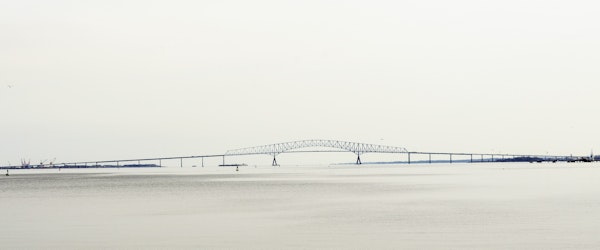
Loose Wire on Dali Caused Blackouts, Leading to Key Bridge Collapse in Baltimore
Wednesday, November 19th, 2025 Catastrophe Insurance Industry Legislation & Regulation Marine Risk ManagementThe National Transportation Safety Board (NTSB) has determined that a single loose wire aboard the containership Dali caused an electrical blackout that resulted in the catastrophic March 2024 collapse of Baltimore’s Francis Scott Key Bridge. The blackout disabled propulsion and steering just moments before the vessel struck the bridge, leading to a collapse that killed six highway workers.
At a public hearing, the NTSB revealed that improper wire seating—caused by wire-label banding interfering with terminal insertion—triggered two blackouts. The ship’s crew and bridge team attempted corrective maneuvers, but with propulsion offline, impact was unavoidable. The investigation highlights the vulnerability of aging bridge infrastructure, noting that the 984-foot Dali dwarfed the 390-foot ship involved in a prior minor incident at the same bridge in 1980.
For insurance claims adjusters, this investigation introduces critical points on the fragility of legacy infrastructure in the face of modern maritime traffic. It also underscores the risks posed by non-redundant electrical systems on vessels and the importance of rigorous maintenance protocols. The NTSB’s report further calls attention to gaps in compliance with federal bridge risk assessments, which may shift liability landscapes in future claims.
The NTSB has issued wide-reaching safety recommendations to maritime regulators, standards organizations, component manufacturers, and bridge owners nationwide. Adjusters working on infrastructure claims, maritime liability, or casualty claims involving public entities should closely review these findings and assess how the new guidance may influence claim strategies, expert evaluations, and liability apportionment.





